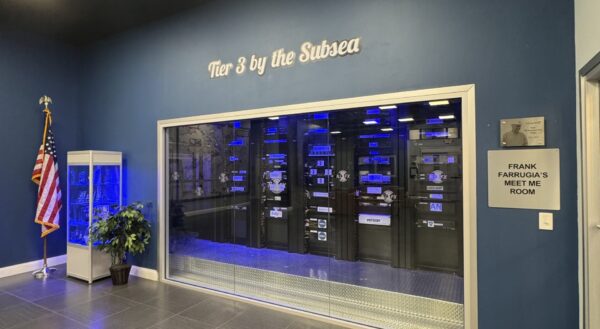
The AI-Ready Cable Landing Station is Coming
NJFX today announced the completion of a comprehensive Basis of Design for a new 10MW high-density AI data hall, delivering an expected 1.25 PUE and 8MW of usable IT load.
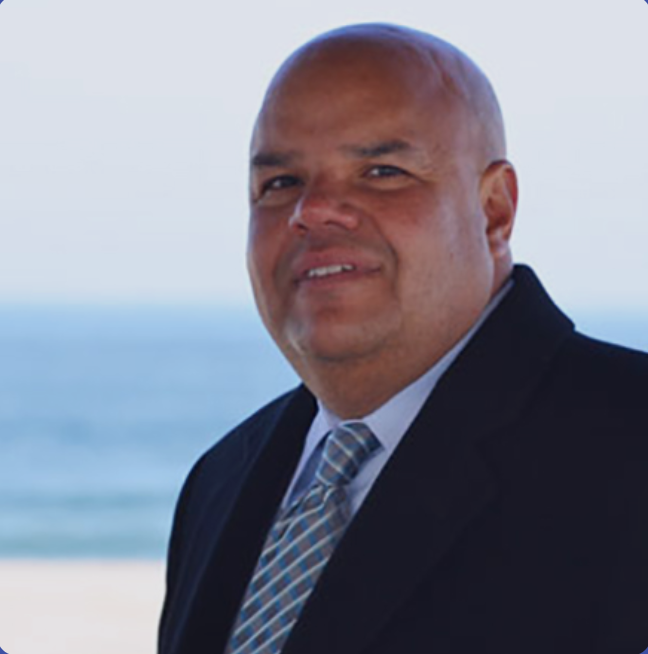
CEO
December 12, 2019
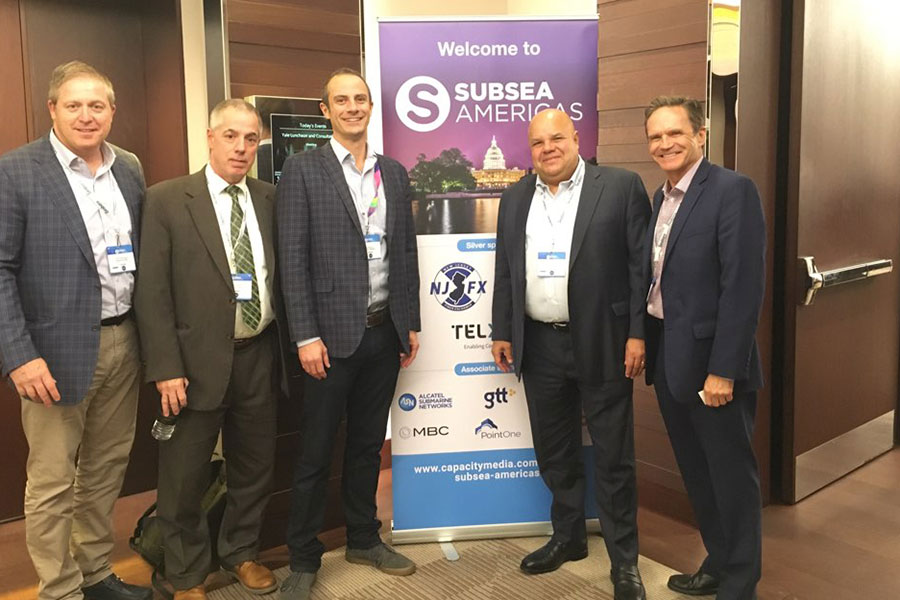
The state of subsea was the main focus at Subsea Americas 2019 conference in Washington, DC this week. And the consensus was that that the state of subsea is currently in flux. Subsea is changing rapidly, to accommodate the exponential increases in capacity demands the industry will soon see, and in many cases is already seeing. With many cables reaching their end of life and at least one to be decommissioned in the very near future, the spotlight is on next-generation connectivity, what shape that takes and what players are involved.
One highlight of the event was a panel entitled, “Changing Dynamics of U.S. East Coast Network Architectures.” NJFX Founder and CEO Gil Santaliz served as the moderator, with insight from panelists Jim Cataudella, SVP, Network Platform & Critical Infrastructure Engineering for Bank of America, Ivo Pascucci, VP, Telia Carrier, Paul Scott, CEO, Confluence Networks and Joe Scattareggia, EVP, Wholesale, Windstream Wholesale.
While there are many viewpoints and perspectives, all of the panelists agreed that one thing is clear: The old model of the Cable Landing Station (CLS) as a passive, pass through location is no more. Carriers, cable system operators and others are realizing that the CLS must now be a hub with a rich and diverse ecosystem.
“The old model is not necessarily something we want to invest in,” says Ivo Pascucci, VP, Telia Carrier.
“For us, we see a lot of opportunities along the eastern seaboard. What we’ve found is that selling something one-off is a transaction, but when partnering with cable system operators, who compliment each other, bring together fiber assets on both sides of the Atlantic, plus the wet portion, that brings great, long-term value for us and our customers.” Pascucci says the model that NJFX has promoted is beginning to be mimicked more and more in places like Virginia Beach, VA and Jacksonville, FL.
Joe Scattareggia EVP, Wholesale, Windstream Wholesale, agrees, adding: “What used to be a passthrough today is an ecosystem. You’ve got cables landing, cloud services, carriers providing backhaul and internet provider presence. We look at these partnerships, what opportunities best offer us potential to sell our services.” Windstream Wholesale recently took a significant step in bridging those CLS ecosystems, by creating the first-ever CLS-to-CLS terrestrial route between Virginia Beach, VA and NJFX in Wall Township, NJ.
Santaliz asked panelists what it would take for enterprises to truly understand the vulnerability of their routes. Jim Cataudella, SVP, Network Platform & Critical Infrastructure Engineering for Bank of America answered, “At Bank of America we know there is a change of life coming, we are planning for the upcoming decommissioning of a cable. When we look at terrestrial maintenance, we are seeing things like a 400% increase in dual carrier outages, planned or unplanned. At one time, enterprises were covered with two paths. Today four routes have become the norm.” Cataudella adds it critical not only for Bank of America, but all banks in today’s global economy. Bank of America has operational excellence with a zero tolerance for customer facing outages. “The benefit of being at a CLS hub is that it brings us closer to the subsea edge. Having a multi-service CLS, with carrier neutrality, and making it a one stop shop with IP access, peering for cloud providers and high capacity internet is very attractive.”
The final step in creating a diverse north-south route on the East Coast comes from Confluence Networks. Paul Scott, CEO, announced CONFLUENCE-1, the first subsea cable connecting several CLSs along the Atlantic Coast. “This won’t solve it all, but it will provide solutions to latency, scalability and national security that we believe really enriches the architecture on many levels. A cable with 16 fiber pairs and 300 terabits of capacity is a very compelling business case.” He adds that the next step is to bring enterprise customers into the community, to provide direct connectivity at the cable landing site.
The changing landscape, indeed SEAscape, brings an exciting shift for the entire subsea and terrestrial ecosystem. Hubs like NJFX will increase, bringing a new level of secure, diverse, high capacity connectivity. The leadership at NJFX looks forward to playing a key role in the evolution. You can next find the team at PTC 2020 in Honolulu, HI, January 19-22, where CEO Gil Sanatliz will participate on a panel entitled, “Data Centers and Networks on the (Cutting) Edge”. To book a meeting, email [email protected].
###
About NJFX:
NJFX is a Tier 3 Carrier Neutral Cable Landing Station campus. Our colocation ecosystem has expanded to over 35 network operators offering flexibility, reliability, and security. Our Wall, NJ location provides direct access to multiple subsea cable systems giving our carriers diverse connectivity solutions and offers direct interconnection without recurring cross-connect fees.

NJFX today announced the completion of a comprehensive Basis of Design for a new 10MW high-density AI data hall, delivering an expected 1.25 PUE and 8MW of usable IT load.
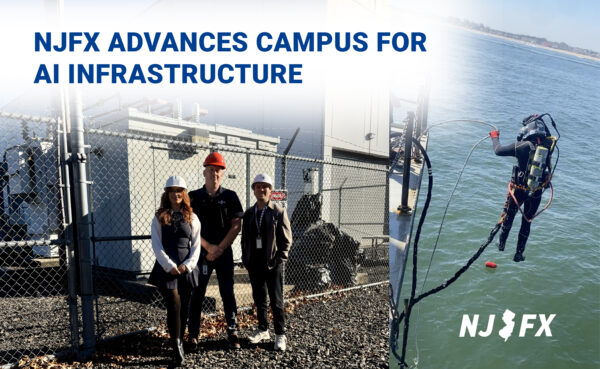
NJFX today announced the completion of a comprehensive Basis of Design for a new 10MW high-density AI data hall, delivering an expected 1.25 PUE and 8MW of usable IT load.

Red Sea conflict threatens Key Internet Cables. Maritime attacks complicate repairs on underwater cables that carry the world’s web traffic.
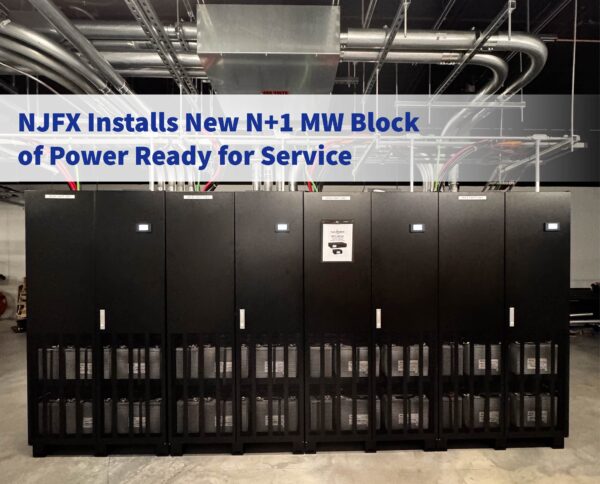
Red Sea conflict threatens Key Internet Cables. Maritime attacks complicate repairs on underwater cables that carry the world’s web traffic.
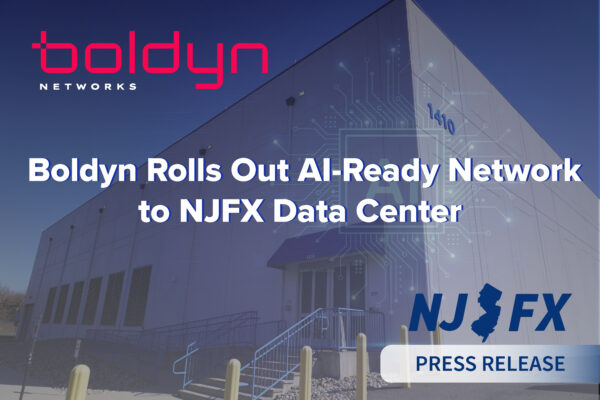
Red Sea conflict threatens Key Internet Cables. Maritime attacks complicate repairs on underwater cables that carry the world’s web traffic.
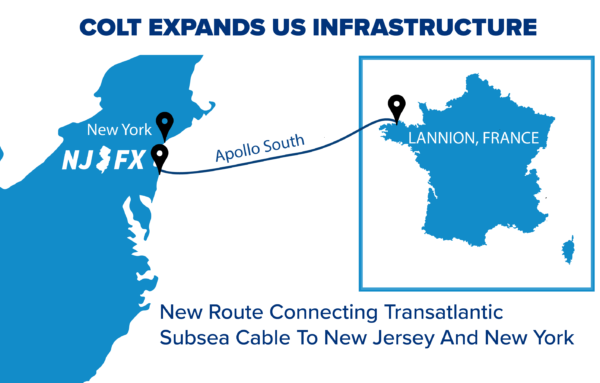
Red Sea conflict threatens Key Internet Cables. Maritime attacks complicate repairs on underwater cables that carry the world’s web traffic.
